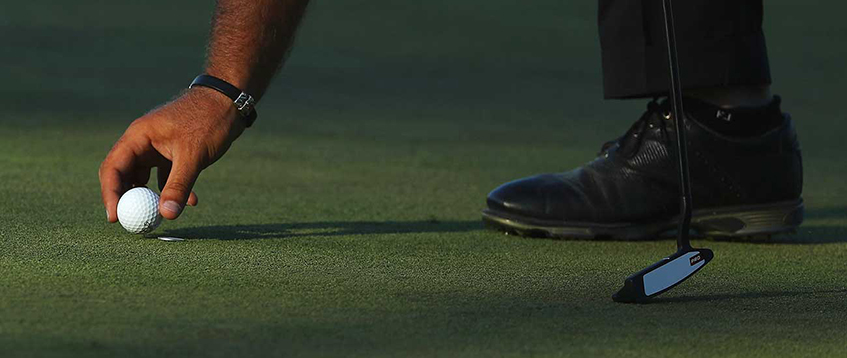PGA Tour Legend Charlie Sifford Passes Away At 92
Many PGA Tour players have come and gone over the years, leaving behind a legacy of personal success and achievement. For Charlie Sifford, the legacy he leaves behind is one of equality and perseverance in the harsh face of adversity.
Charlie Sifford, known for breaking the PGA Tour’s color barrier in 1960 and becoming the first African-American to compete on Tour, recently passed away at the age of 92. Although the specific cause of death has not been publicly released, it is known that Mr. Sifford recently suffered from a stroke.
The impact that Charles Sifford had on professional golf didn’t just resonate through the sports community; the entire world has recognized the difference the pro golfer made. Just last year, President Barack Obama awarded Mr. Sifford with the Presidential Medal of Freedom, an esteemed honor that only two other professional golfers have ever received.
Although recognized in later years as the brave and respected African-American golfer that broke through the color barrier of professional golf, making a difference was an arduous journey that was void of high praise during several tumultuous decades for race relations in American history.
From Self-Taught Caddie to Pro Golfer
The first time Charlie Sifford picked up a golf club, he was hooked. Born in 1922 in Charlotte, North Carolina, Charlie’s first stint as a caddie came at the tender age of 12 when he took a job at the Carolina Country Club. It was here he realized that, though carrying the golf bags of club members helped his mother pay the bills at home, actually playing the game was a lot more fun.
Charlie quickly picked up golf, and several bitter country club members soon took notice. It wasn’t long before he was encouraged to move further north to develop his game in an area where black golfers were less likely to be harassed.
The times that Charlie grew up in were difficult for African-Americans yearning to break into professional sports. Mr. Sifford was a self-taught golfer growing up in an era of segregation and division throughout the country, with sports organizations adhering to societal pressures to keep ethnic barriers in place. The PGA of America was no different, instituting a rule into their bylaws limiting players to Caucasians only in 1943.
After serving in World War II, Charlie returned in 1946 to continue honing his game, competing in tournaments through the United Golf Association, also known as the UGA. Over the next decade and a half, his record included 11 UGA tournament events, as well as 6 Negro National Opens.
Still, Charlie was determined to break onto the PGA Tour. Jackie Robinson, the first African-American to play Major League Baseball, told Charlie that if he truly wanted to shatter the PGA Tour’s color barrier, it wouldn’t come without criticism, threats, name-calling, curses and distractions intended to break his spirit. Robinson also went on to tell Sifford the weight that came with such a responsibility, and if Sifford gave in to the harassment by “going after these people who call you names with a golf club,” it would ruin it for any black players that came after Sifford for years to come.
A Barrier-Breaking Legacy
Charlie Sifford kept his cool, and in 1960 he became the first African-American player on the PGA Tour at the age of 38. Charlie went on to win two PGA Tour events, the first coming seven years later at the Greater Hartford Open, and another in 1969 at the Los Angeles Open.
With his most difficult years behind him, Charlie Sifford became a beacon for the fight for equal treatment in the sports community. In 2004, he became the first black player to make his way to Saint Augustine, Florida to be inducted into the World Golf Hall of Fame.
Charlie Sifford started out as a kid that just wanted to play golf, and because of his brave and unwavering efforts, countless African-American golfers have the ability to play the game just as he did.
The legacy of Charles Sifford won’t soon be forgotten. To learn more about Mr. Sifford, his accomplishments and words from his admirers, view his dedication page at pga.com/ThanksCharlieSifford.




